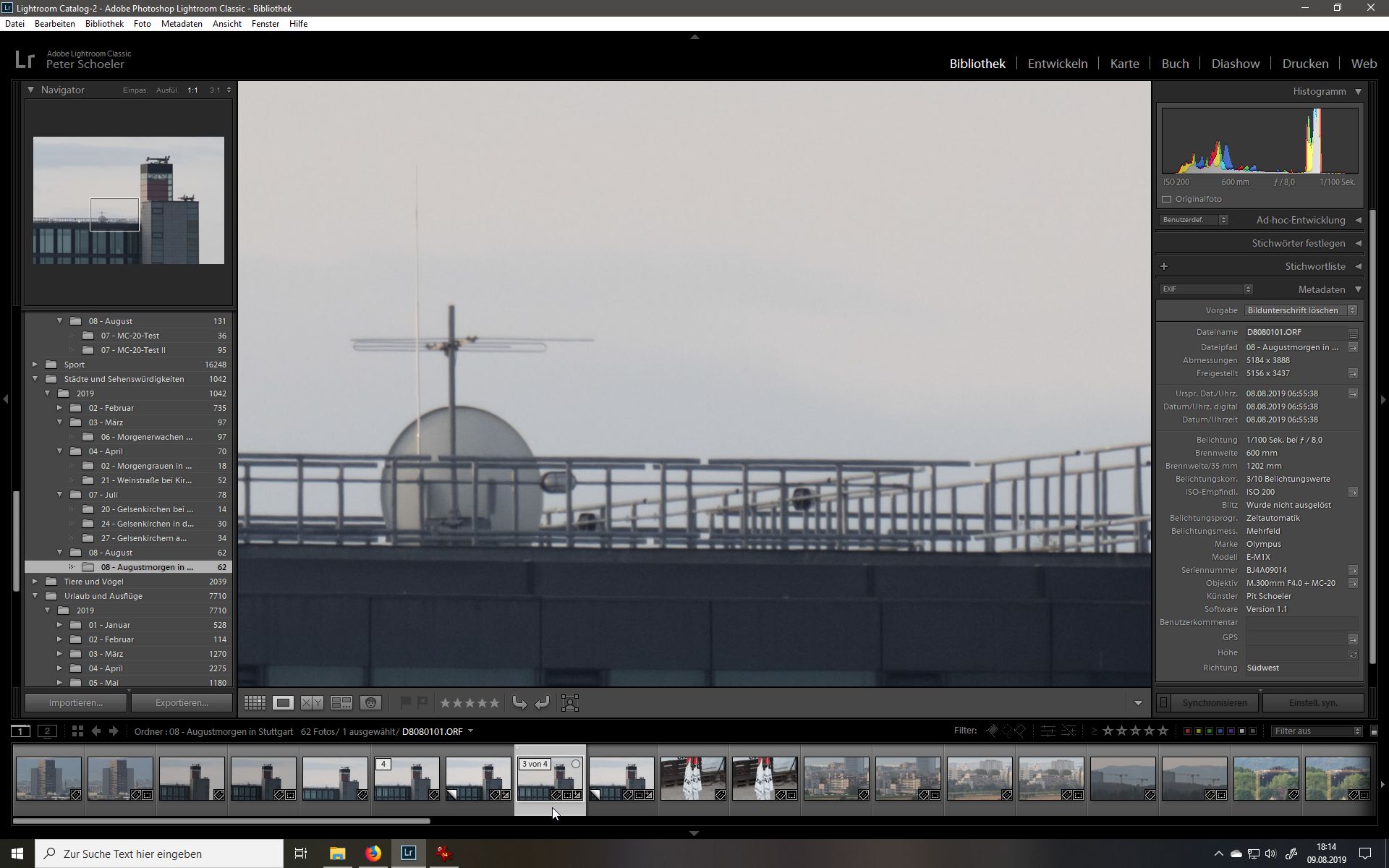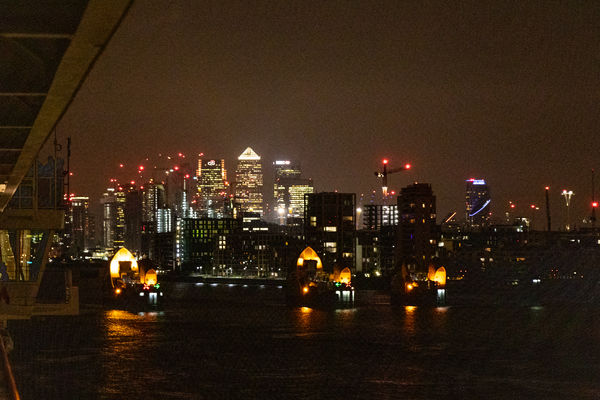
- Topaz denoise lightroom 4 install#
- Topaz denoise lightroom 4 skin#
- Topaz denoise lightroom 4 pro#
- Topaz denoise lightroom 4 software#
Topaz denoise lightroom 4 software#
Option 1: Go to Photo > Edit In and pick the Topaz Labs software from the drop-down list. The technology is designed to help bring more transparency and trust in a world of doctored and now AI-synthesized photos. After you exit the Lightroom preferences, there are several ways to invoke the plugin. Lightroom now supports a preview version to test the Content Authenticity Initiative's ability to record editing changes within photo metadata called content credentials.The others make clothes more colorful, and the other darkens beards.
Topaz denoise lightroom 4 skin#
One applies a range of changes to portraits, smoothing skin and adjusting lighting.


Not sure if the recent updates to both LrC and or the OS caused a problem.The new version of Lightroom adds some other tricks: I have read I’m not the only person having this issue. I’m using Mac Monterey 12.0.1 and LrC 11.0.1. I uninstalled 3.3.4, went to Topaz and downloaded it again. Failing to do this will cause undesirable artifacts.
Topaz denoise lightroom 4 pro#
PRO TIP: When sending an image from Lightroom to Topaz DeNoise AI, make sure that all settings in Lightroom’s Detail Panel (Sharpening & Noise Reduction) are set to 0 prior to sending the image to Topaz DeNoise AI. I wish Capture One would improved NR capabilities slightly to match Lightroom, but as it stands the. Let’s see if Topaz DeNoise AI can do better. I even tried preserve source format and that didn’t work eitherĪt minute 6:27 in the video Matt opens the DNG file that came back from DeNoise and the color profile is Adobe Color. For Lightroom users the need to add Topaz DeNoise AI to their workflow may not be necessary. What I got out of this video is that even if it comes back as a DNG the process is supposed to preserve the Raw file so you can access color profiles. According to Matt it should be on Adobe color.Īt minute 5:07 of Matt’s video he states to select DNG. Topaz DeNoise AI V3 7 2 Key Features Today. (Right) Lightroom Classic Denoise (AI-powered) at moderate setting of 30. Comparison: (Left) Topaz Labs Denoise AI at moderate setting of 34 using Low Light Model vs. Additionally, each of them is adjustable by several parameters.
Topaz denoise lightroom 4 install#
The color profiles is now on Color which does not allow to select other color profiles. You can use DeNoise AI as standalone software or install it as a plugin for Lightroom (Lr) or Photoshop (Ps). Above: Topaz Labs Denoise AI offers four windows with four different denoising models. Yousuf 4 keystoning 202 nature photography 174 negative space 131. It comes back to LrC as a denoise-raw.dng file. This training usually takes weeks or months to complete. Sharpen, remove noise, and increase the resolution of your photos with tomorrows technology.

File attached.įrom the Grid view I drag the CR3 file into DeNoise. Next, we gather and input millions of data points to help the system understand what 'image quality' means. Maximize your image quality, on autopilot. As I stated I don’t even see Lens Corrections which should be just above it. Using DeNoise (Lightroom and Photoshop) R.

On a noisy and focus challenged image, I don’t know whether I should just use ONE of the tools to correct both, use BOTH tools with no secondary correction (sharpen in Topaz DeNoise or denoise in Topaz Sharpen) or some other combination. We’ll go through Topaz DeNoise, Sharpen AI, and Gigapixel AI’s Interfaces and look at what each setting does. In preferences I disabled Apply Raw Correction. Topaz DeNoise has a sharpen capability and Topaz Sharpen has a denoise capability. I’m following the exact steps Matt suggested. It's not working as shown in Matt's video. Also, the main Lightroom noise removal tool applies its fix to the entire image and not just the areas where noise is most visible meaning that youll lose.


 0 kommentar(er)
0 kommentar(er)
